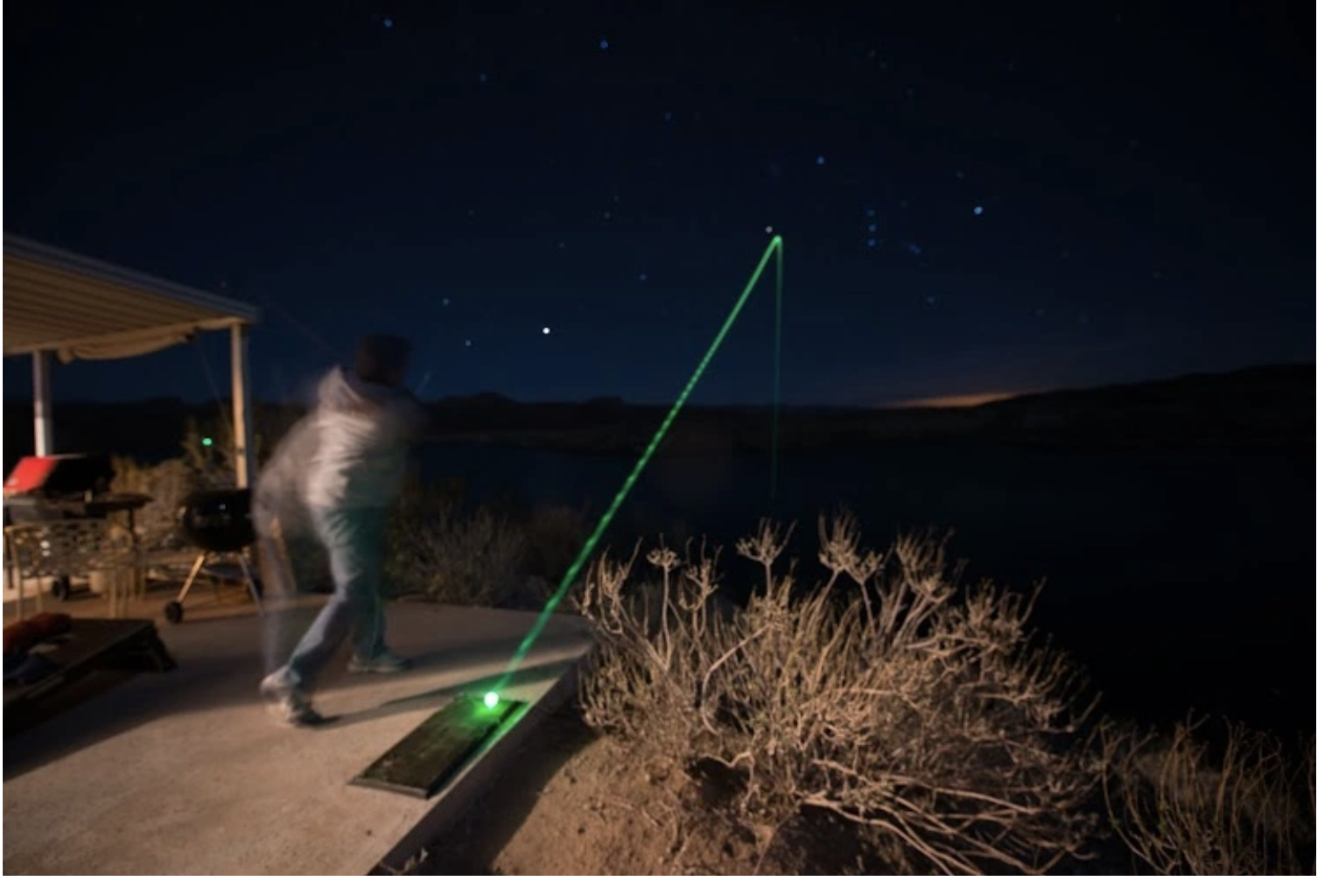Many golfers want to consistently hit draws or fades but struggle despite years of golf under their belts.
Common knowledge is that to hit a draw, you should point the clubface to the left of the target at impact. While this is well intentioned advice, it’s wrong. Draws come from a more closed clubface, not aiming left.
We’ll explain what a draw is, when you should use it, and how you can consistently hit it. Stay tuned.
What is a Draw In Golf?
To state it simply, a draw is when ball flight travels from right to left. This is the opposite of a fade, or left to right movement. It is important to note that a draw is intentional, which is different from a hook(aggressive right to left movement), which is considered a shot error.
The Science of Hitting a Draw
The starting position of your shot is determined by the clubface angle at impact. Meaning that other factors certainly play a part in the shape of your shot, but clubface is the most important to pay attention to.
A standard draw requires a closed clubface.
The second piece is that you have to swing through the ball. Bad contact is a common culprit of hooks. Any kind of technical breakdown will just make things harder.
The Data Behind A Draw
Any good golfer knows that Golf really just boils down to physics. Club angles, rotation, inertia, and velocity are all factors that influence shot shape, ball flight, and much more. Gears touts the most powerful, precise, golf swing motion capture system in the world and our users are frequently awestruck by the clarity and practicality of our analytics. With our system you can not only compare your motions with a pro’s, but you can enjoy a glorious 3D rendering of every angle and speed of your body movement so you know exactly where you should be improving. Let us help you customize your draw to your game.
General Tips
Below are some general tips that apply to draws regardless of what you’re hitting:
1. At the setup drop your right foot back 1-2 inches. This wider stance makes the required in-out swing path feel more natural.
2. Imagine that your hands are swinging around your body on the backswing. This creates a better swing path and allows you to really whip through the ball.
3. Lead with the hips. To hit a draw, you’ll want to face the targets with your hips first, and your shoulders last. Turning the upper body into the ball is the most common culprit of a slice.
4. Minimize forearm rotation through impact. Your clubface needs to stay closed but not so much that you hook it.
Hitting a Draw With a Driver
While the fundamentals of hitting a draw are the same across the board, it’s important that you adjust a few things to match the driver’s length.
First you need to control the clubface. If the clubface is too open, you won’t be able to hit a draw and it will be extremely difficult to get it back to square. Square the clubface at impact with the clubface tilted just slightly inwards. To hit a draw you want a square clubface at impact with a slightly inside-to-square club path. While you’re gripping the club, your hands should make a “V” so they ensure a strong grip.
Second, you need to keep the clubface square on the backswing. Practice your backswing. The clubface should be pointing to the ball all the way through impact. Be sure to rotate the club back with your arms and body, not your hands. Stay connected.
Third, make sure you rotate from the hips. You should lead with the hips with everything else trailing behind. You should feel weight on the inside of your trail leg and on the heel of your back foot.
Fourth, stay connected. Maintaining that “V” shape between your sternum and the forearms, rotating with your hips through the ball, and an overall connected posture will help you more than anything.
Hitting a Draw With Irons
First, focus on the swing path. This should be a little easier since irons aren’t so long. The inside to out motion creates a whipping motion that is crucial to draws.
Second, don’t flick your hands. Some golfers try to flick their wrists and lift the ball. Don’t do this, unless you want to hook.
When Should I Hit a Draw?
Draws are ideal for getting around obstacles. For example, you might want to curl a ball around a tree or other obstacle to set yourself up for a better shot. Certain wind conditions may also call for one as well.
Drills to Help You Improve Your Draw
1. Alignment Drill
Get two alignment sticks. Point one to the target, and one to the right of it. Open your stance. The club should aim towards the target.
2. Inside The Stick
Lie a rod on the ground parallel to your target and place your ball 2-inches ahead of the stick. Stick the second alignment rod into the ground, at the back of the first stick, and angle it parallel to your shaft. The idea is to take your club inside on your backswing and never touch the stick.
3. Around The Stick
Place a third stick into the ground vertically. It should be 3-yards in front of your ball and in line with your target. Start the ball on the right side of the stick and draw it back to your target.
Bottom Line
Learning to hit a draw can be frustrating, but remember it’s an advanced skill. It’s so much more than just closing a clubface. It’s every part of your swing working to produce a right to left shot–there are quite a few moving parts. Not to fear with time, practice, and the best gears has to offer you’ll get it down in no time.



